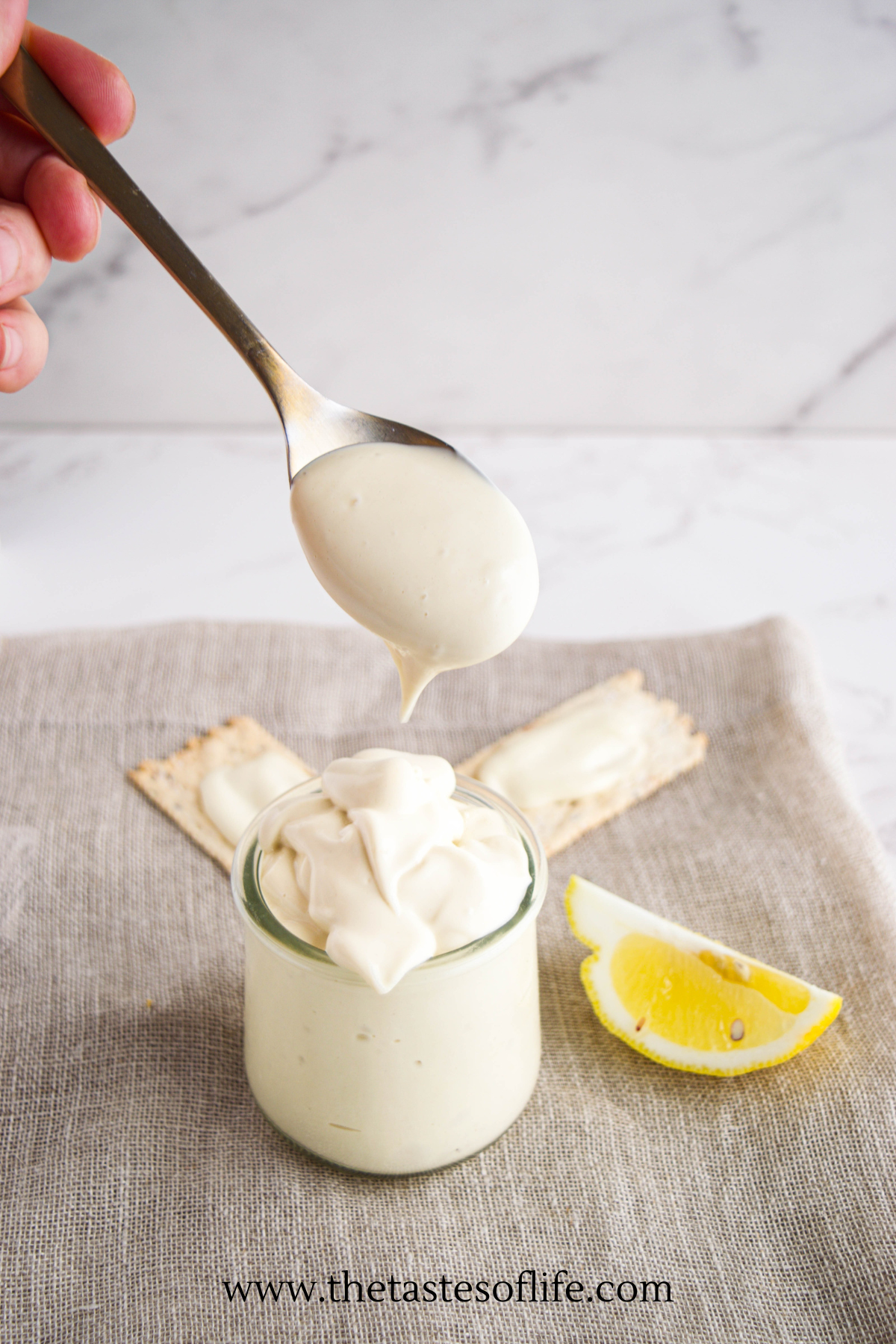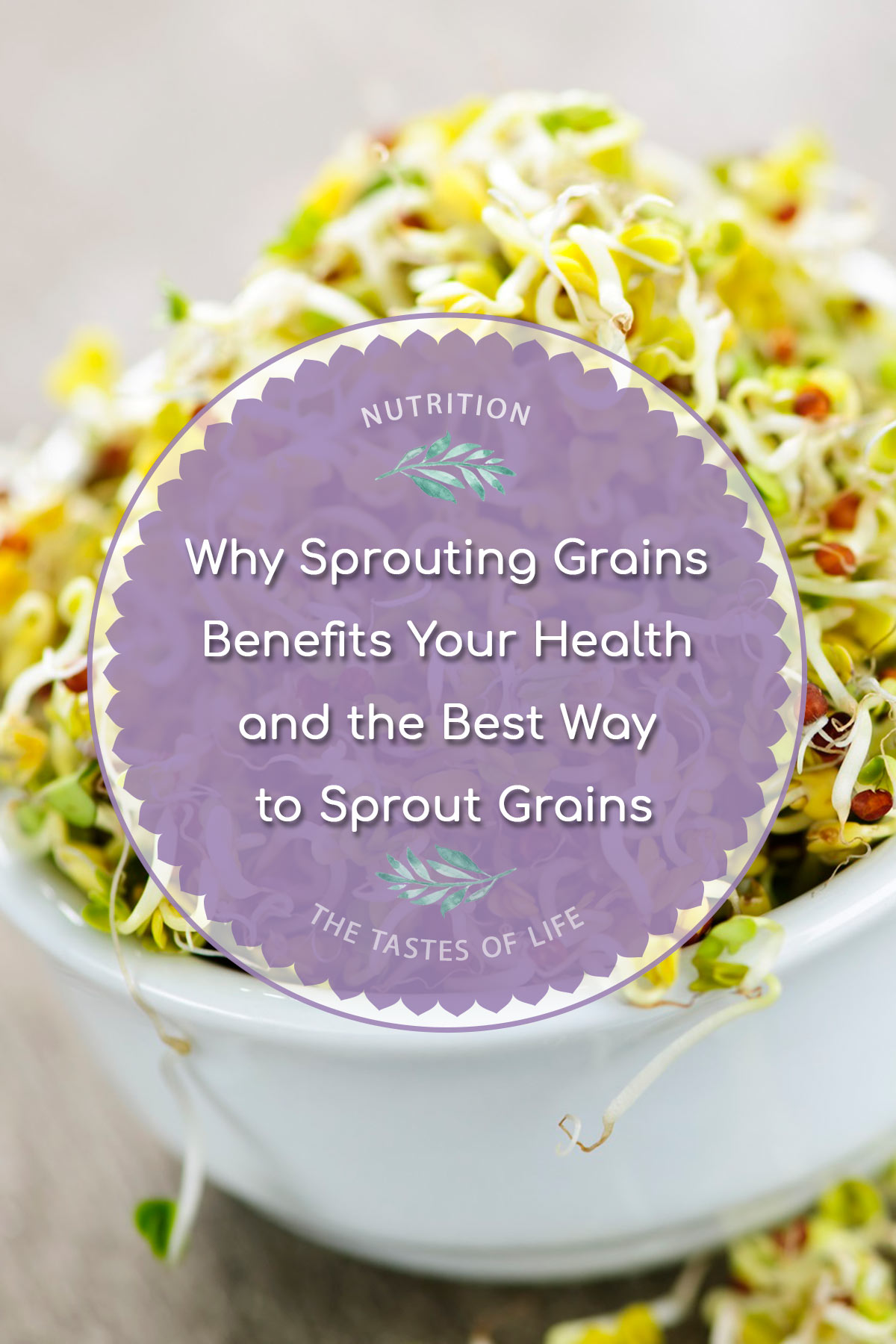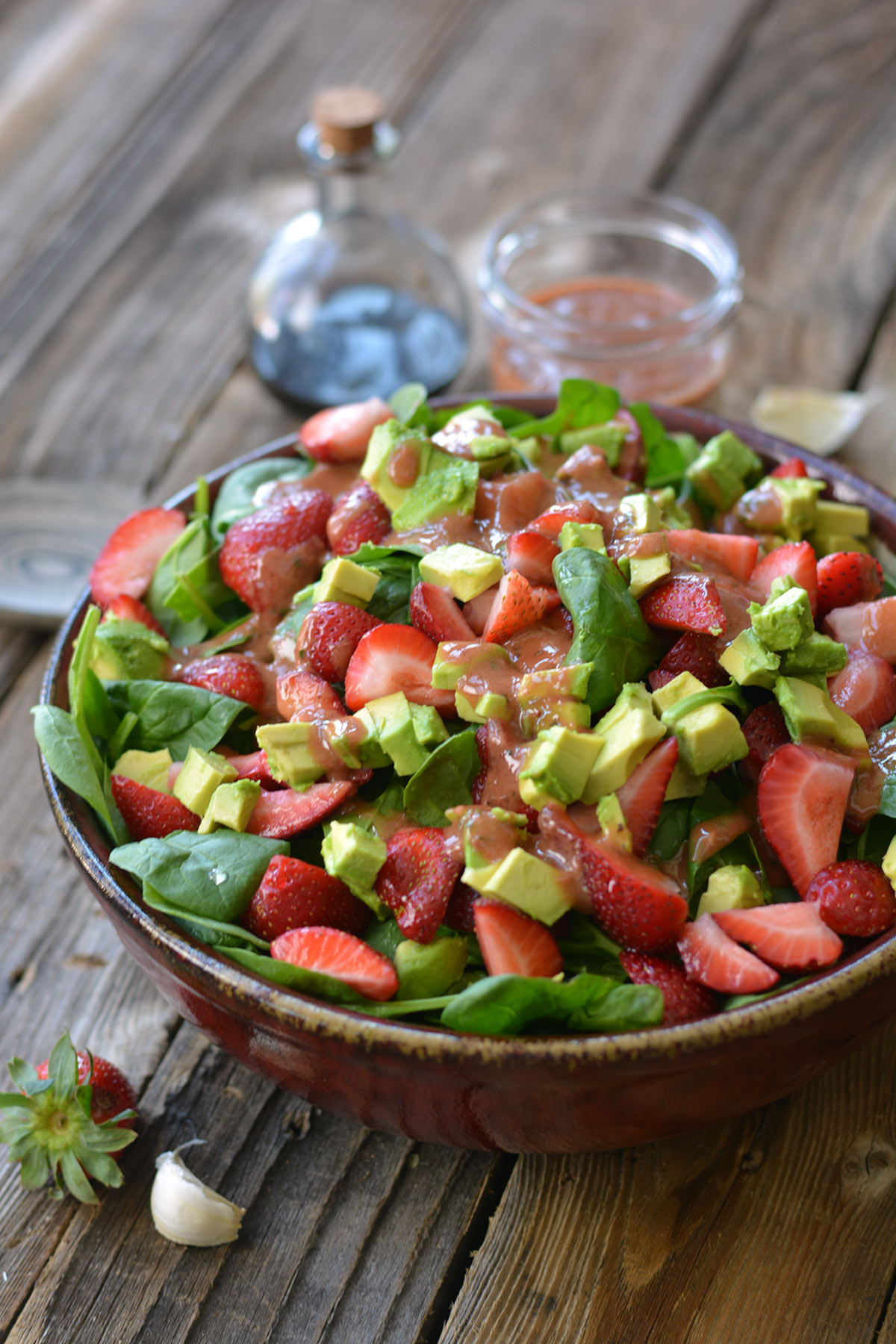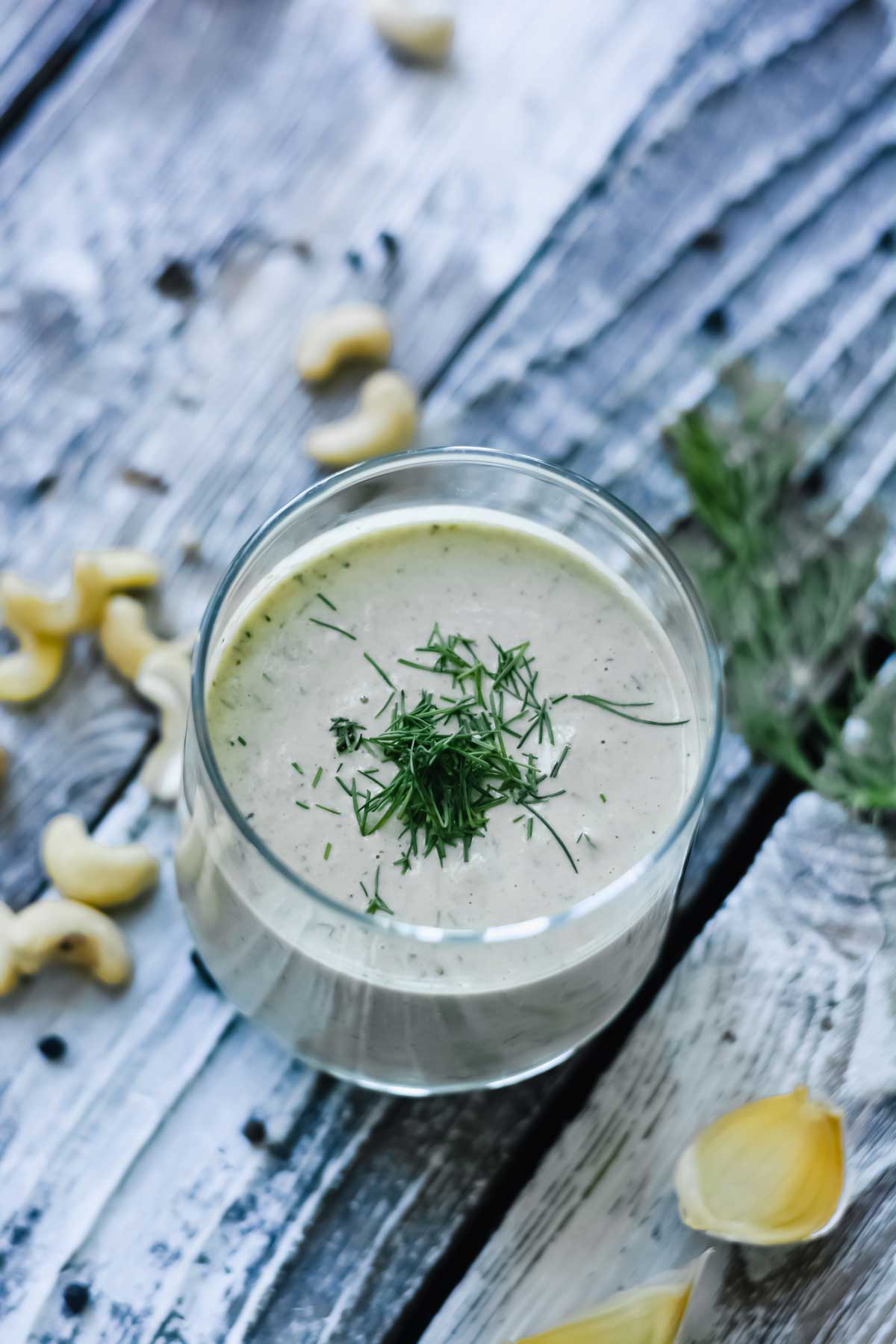Guide to Sprouting
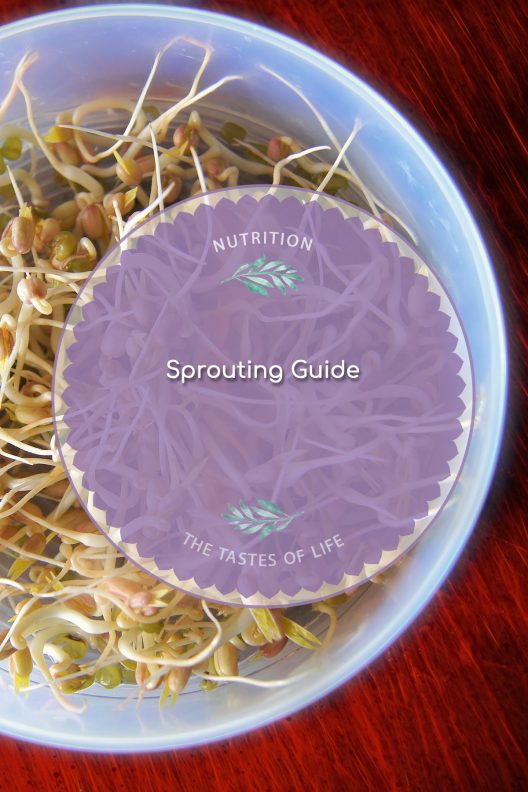
Complete Sprouting Guide
You can always purchase sprouts at the store that are already prepared and ready to. There is something very satisfying about starting your own sprouts and it is also much less expensive. Below you will find a guide to sprouting at your own home.
What is a Sprout?
A sprout is the germination stage of grain, bean or nut. It is the stage in which the dormancy comes to life. It indicates the start of the growing process. Allowing the food to come to this life-giving stage also improves digestibility and increases enzymes in the sprout itself.
Once the sprouting process begins, what was once a hard, dry ball transforms into various proteins, minerals, and vitamins that are more easily absorbed by the body. Besides improving the digestibility and absorption, they are wonderful and healthy garnishes that can be used on top of main entrees, incorporated into salads and add a wonderful crunch to soups.
Advantages of Sprouting
Nearly all cooking flours were traditionally composed of fermented or sprouted grains to enable easy digestion and enhance nutrition. Due to commercial production, most grains are no longer treated this way and this is a huge factor as to why we have such trouble digesting grain today.
Enzyme Inhibitors and Phytic Acid are Neutralized
Due to phytic acid binding with minerals such as zinc, copper, iron, magnesium, and calcium, it becomes nearly impossible for us to be able to absorb these nutrients. It can also cause harm to the digestive tract.
One of the best ways to neutralize phytic acid is by sprouting seeds, legumes and grains. In the process, you also neutralize the enzyme inhibitors that, apart from inhibiting enzymes in the real seed, can also inhibit the important enzymes within the body that lead to poor assimilation.
It Helps Digestibility
In addition to neutralizing the anti-nutrients through sprouting, there are a number of changes that occur during sprouting and enable us to digest our grains, legumes or seeds better. Simply soaking can take away some of the fat and change the heavy vegetable protein to an easy amino acid for much quicker and thorough digestion.
According to Raw Transformation’s Wendy Rudell, that is the only way many complex carbohydrates in the food will be able to break into easy glucose molecules.
Sprouting also helps break down the complex sugars that may normally make the grains cause intestinal gas.
Increases the Nutritional Content
Apart from producing vitamin C, the germination process also converts the composition of seeds and grains. According to Sally Fallon in the publication known as Nourishing Traditions, sprouting increases the content of vitamin B, particularly vitamin B2, B5, as well as B6. She continues to explain how the Chinese were fond of
traveling with mung beans, which they would later sprout and eat since they believed the beans had enough vitamin C to fight off scurvy. Though the sprouting process, researchers have found that mung beans increase in vitamin B1 by up to 285%, vitamin B2 by up to 515%, as well as niacin by up to 256%.
Alkalizes the Body
We could easily categorize food into two main types: alkalizing and acid-forming. To maintain proper balance, our body requires a good ratio of acid to alkalizing foods for overall health. In modern times this is quite rare as most foods these days are acid-forming and our stress also leads to a more acid-like state in the body.
Usually, meats, legumes, and grains are viewed to be acid-forming, while vegetables and fruits are seen as more alkalizing. When you sprout your legumes and grains, however; they end up becoming more alkalizing. Sprouting is essentially a process of making a new plant and so, it’s like consuming a vegetable, making them more alkalizing instead of acid-forming which helps us to achieve the ideal balance.
What Kind of Seeds Can Be Sprouted?
In truth, any legume, seed or nut can be sprouted. Certain ones have a more desirable taste than others yet sprouting influences the nutritional value of all. Mung beans are a wonderful sprout to start with since they are easy to maintain.
Once you are confident with sprouting mung beans, you can experiment and try others from the following list:
Beans
Due to their large size, they have less of a chance of molding and make a great beginner sprout. hey are large and have limited chances of molding, beans become the easiest choices of sprouting. Some of the beans you can start with are; mung, lentil, garbanzo, and adzuki.
Seeds
Great seeds for sprouting;
• Mustard seeds
• Fenugreek seeds
• Clover seeds
• Broccoli seeds
• Alfalfa seeds
• Sunflower seeds
• Sesame seeds
• Pumpkin seeds
• Radish seeds
• Onion seeds
Nuts
Start with raw unsalted whole nuts and do not forget that nuts usually sprout on the inside, so you will not necessarily see a little tail come out of the seed but it will be sprouted nonetheless.
Once the nuts have been soaked for at least six hours but not more than eight you can eat them as is or toast/roast them to bring back their crunch.
Nuts you can sprout;
• Pecans
• Brazil nuts
• Pistachios
• Hazelnuts
• Almonds
• Pine nuts
• Macadamia nuts
• Cashews
• Walnuts
Grains
Many grains are surprisingly seeds that are grouped and used as grains. They are not necessarily grains though and can be sprouted just like seeds.
Grains to sprout;
• Wild rice
• Quinoa
• Millet
• Buckwheat
• Amaranth
The Requirements for Sprouting
The amazing thing is that there is no fancy equipment that you require to begin sprouting. Here are the basic items you will need;
• A jar
• Filtered water
• Muslin cloth
• Elastic ribbon or band, but it can be replaced with a 2-part lid jar
• The sprouting seed, bean or nut of your choice
How Long Would it Take to Grow?
Typically sprouts will be ready for consumption within a few days. The longer they are left, the more sprout they will grow and their tails will grow larger. The guide below will help you to know how long the sprout will take since various seeds and nuts can take very different times to grow. Remember that smaller the sprout, the more prone it will be to mold, so it is important to be very mindful of rinsing with freshwater and insuring they are drained properly.
Radish seeds, clover seeds, and the alfalfa seeds take 4 to 6 hours to soak and 4 to 6 days to sprout.
Mung beans, lentils, garbanzo beans, and adzuki beans would take between 8 to 12 hours to soak and 3 to 4 days to sprout. While sunflower seeds, pumpkin seeds, and almonds would take 1 to 2 days to sprout and 6 to 12 hours to soak, millet and quinoa would take the same sprouting time but 8 to 10 hours to soak.
Step-By-Step Sprouting Guide:
- First choose the bean, seed or grain of choice. It is advisable to go for the organic products to avoid pesticides that might bring imbalances such as estrogenic effects.
- Soak the sprouts in a large jar for six to twelve hours. The soak water should be replaced after some time, especially if you have time to do so. For those who have busy schedules, rinsing them just once a day will be fine.
- Once they are soaked, a number of the sprouts will appear to be more alive. They will have grown in size, have a softer feel to the touch and the shell will be easily cracked. Even a small tail might be found.
- Next, drain the sprouts and use filtered water to rinse them thoroughly. Secure a tiny piece of muslin over the jar with an elastic band around the top or replace the outer lid. You want the seeds to be able to breathe through.
- Simply leave them in the jar and do not forget to rinse them using filtered water twice in a day before they are drained again. Changes will be seen each day and you can choose to eat them depending on your taste preference. You can eat them when they are younger or more developed.
To learn more about sprouting, keep exploring the site as there is much more information contained within. Check it out.
Do you want to know more? Book a session here: https://calendly.com/thrivinghormones-llc/15-minute-free-consultation
Please feel free to comment or ask any questions below. Share the blog on Instagram with the hashtag #thetastesoflifeholisticblog .
Yum
